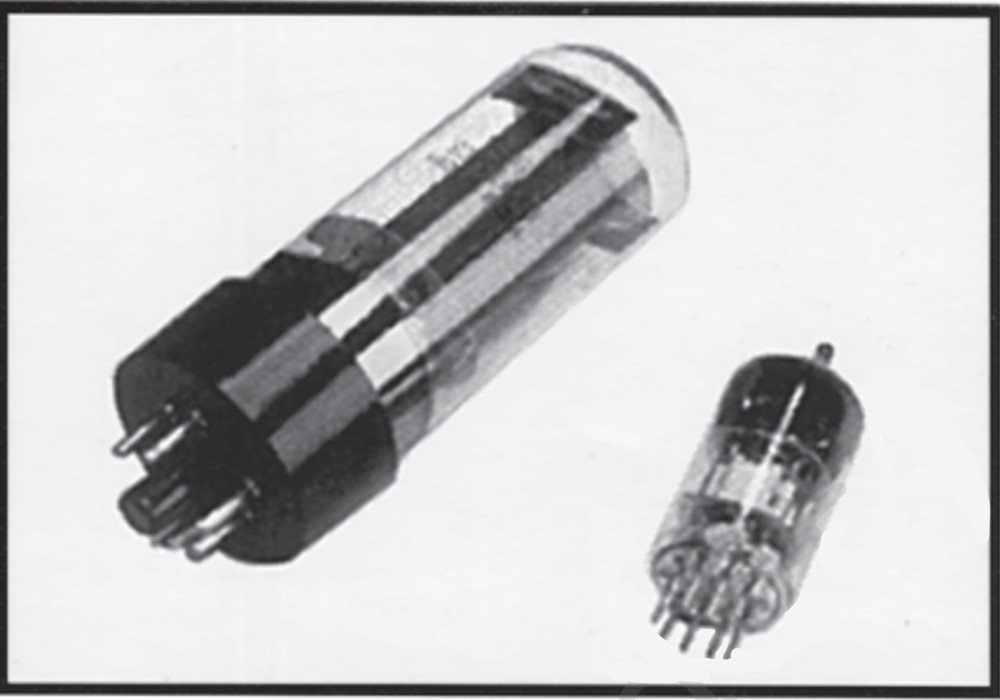The following article arrived as a letter to Tape Op. After reading I contacted Jack and asked if his letter could be used as a short article, an introduction to working with turntables and samplers. I know this is basic but we gotta start somewhere. Plus, I hope inspires some non hip hop recordists to try some of these techniques.
Hip hop is great, because you can toss all notions of traditional composition and technique out the window and craft the sound to suit your ears. Probably the two key instruments in hip hop are the turntable and the sampler and these can be obtained on a budget.
For turntables, one model is the king of all kings, and that is the Technics 1200. This baby sports a strong direct drive motor that can stop on a dime, and start back up to speed with the press of a button. Also, it has 8% graduated pitch control (crucial for mixing) and the arm can be fine tuned so that your needle doesn't bounce around while you're hacking away, scratching and cutting that perfect break. These models retail at around $450, which is pretty pricey for entry level experimentation, but is well worth it if your goal is to rock crowds of thousands. Fortunately, these are not necessary for basic 4-tracking. All you really need is a turntable with direct drive (belt-drive will not work!) and pitch control (a must for mixing). It is advisable to get a stylus and cartridge designed for back-cueing (the 'proper' term for scratching) and some slipmats, which are felt discs that go on the turntable instead of the rubber mat that usually comes with the turntable. These can be obtained at you local D.J. record shop. (STANTON and ORTOFON are the names to look for in cartridges.)
To accompany your turntable, you need a mixer. These control the volume of two turntables with a cross fader. You can plug some headphones in and listen to the record (cueing) while controlling the signal going out with separate volume controls. The retail price of these mixers start at around $100, but you can find them for much less used in pawn shops and electronic surplus shops. Radio Shack also makes an inexpensive model.
Once you have these, just throw on an old record and start hacking. Sounds with a sharp percussive attack are great for scratching. Stuff like a snare or a cowbell. High pitched noises really cut through also. Scratching a bass drum hit is how you get that deep 'wooba-wooba-wooba' sound. To see some great technique demonstrated, check out videos from a company called DMC. Every year, they hold the world battle D.J. contest, and on these tapes, you will see and hear sound creations that you never dreamed could be possibly made with just some turntables. Truly amazing stuff indeed. Thrift shop record bins are an excellent source for samples. From KTEL disco versions of Broadway hits to children's fairy tales to freaky religious spoken word records you'll find a treasure in every bin.
In the days before the sampler, there were essentially four ways to provide beats:
1. A drummer: Not cost effective, but sounds good.
2. A beat box — Roland 808 & 909 models being the kings here — cost effective, clean and fat-sounding, but also lacking a 'human' feel. These are still a prime source for beats today.
3. Cutting breaks off of records. Basically, you get a record with a cool beat on it, get two copies, and do it like this: On turntable #1, let the beat play (well say it lasts four bars). As the fourth bar ends, switch to turntable #2, where the same sequence on the same record is set up ready to play. Let turntable #2 play, and while it is playing, spin #1 back to the beginning of the break, and when #2 reaches the end of the fourth bar, switch back to #1 and start rewinding #2. You can repeat this process endlessly, and do some cool shit with it. This method is the classic hip hop method, and sounds cool as shit. However, it takes a lot of practice, and you pretty much have to have some 1200's (because of their quick-start capabilities). This method is most definitely 'old school'.
4. Human beat box — made famous by such practitioners as Doug E. Fresh, Biz Markie and the Fat Boys. This method takes some practice, but is fairly easy to do. When I was in grade school, almost every kid rocked this method at every given opportunity (much to the dismay of most teachers). It's super cost effective.
Nowadays, a wonderful invention called the sampler allows us to bypass all of these methods if we so choose. With a sampler, the sky is pretty much the limit. Any noise can be sampled and then looped, creating infinite varieties of rhythms and sonic textures. Just be careful — if you sample another artist's material, and they can prove that you did, then you'll have to pay them if you intend to release the material. Fortunately, a beat can be constructed by simply sampling the first and second beats of a bar, and then looping it. When your sample is this small, the source is nearly impossible to detect. Samplers range from $100 up into the thousands for retail prices, but can be had for much cheaper, if you hunt for bargains. Two things determine the usefulness of a sampler; memory, and the ability to edit. With memory, you can save your samples on disks, and without memory, you have to use the sample while it's in the machine. Obviously, saving a sample is more convenient, but not absolutely necessary. Editing is the ability to trim the starting and stopping pints of a sample to precise points. This is important when sampling beats because you want the timing to be on. Without editing, you have to sample it (your source) dead on. Again, it takes practice, but is not impossible. These features are something you will pay for, but the convenience involved might be worth it.
Now that I've told you about these items, I'll share some of my techniques for getting the sounds to tape. The common practice today for creating hip hop usually involves programming the beats and music on a sequencer and then multi-tracking the vocals and scratching separately, preferable onto 2" tape. But, if you're like me (broke as a joke), you don't have access to this equipment and must face the challenges of your limitations. That's OK — it fosters creativity. I use a 4-track cassette machine, a sampler and turntables. I supplement these with a bass guitar, an organ and various percussion items. For me, it usually starts with a beat but sometimes something will catch my ear as a great sample, and I'll build a song around that. Usually I just set aside some daily time for recording and go with what my inspirations are at that point. Since my sampler has no memory or editing, I'll sample a good beat an use that as the foundation of the song. In earlier years, I played in bands that had tons of parts in every song, and arranged them in as complicated forms as we possibly could. I gradually learned that audiences really respond to simplistic, flowing grooves. For that reason, I started to drop the number of parts and complexities per song. Lately, I've gotten tired of the notion of a song — verse, chorus, verse, chorus, solo, chorus, end — and have taken to kicking out the ongoing two note jams.
So that's the approach I take to hip hop — a good beat, a boomin' bass line, a couple of chords here and there, some samples and scratching placed strategically for proper ambience and last but not least, some dope lyrics. Remember, the lyrics are king of what it's all about. The music should compliment them and highlight them. Equal space should exist for both elements. It's important to keep things sparse, because it's so easy to clutter things up with too much instrumentation. Sometimes, its easy to forget that hip hop was born of a beat and some lyrics — not from a calculated stylistic choice, but because those were the only resources available. The sound has since developed from that original lack of resources. Again a case of limitations fostering creativity.
I haven't really included that much technical information because there really isn't that much. Hip hop is the ultimate DIY music, and its applications are limitless. Experimenting with these sounds will add a whole new dimension to other styles you might be interested in. Most of all, it's fun as hell, because there are no rules. The bottom line is, keep it simple, and make it funky.
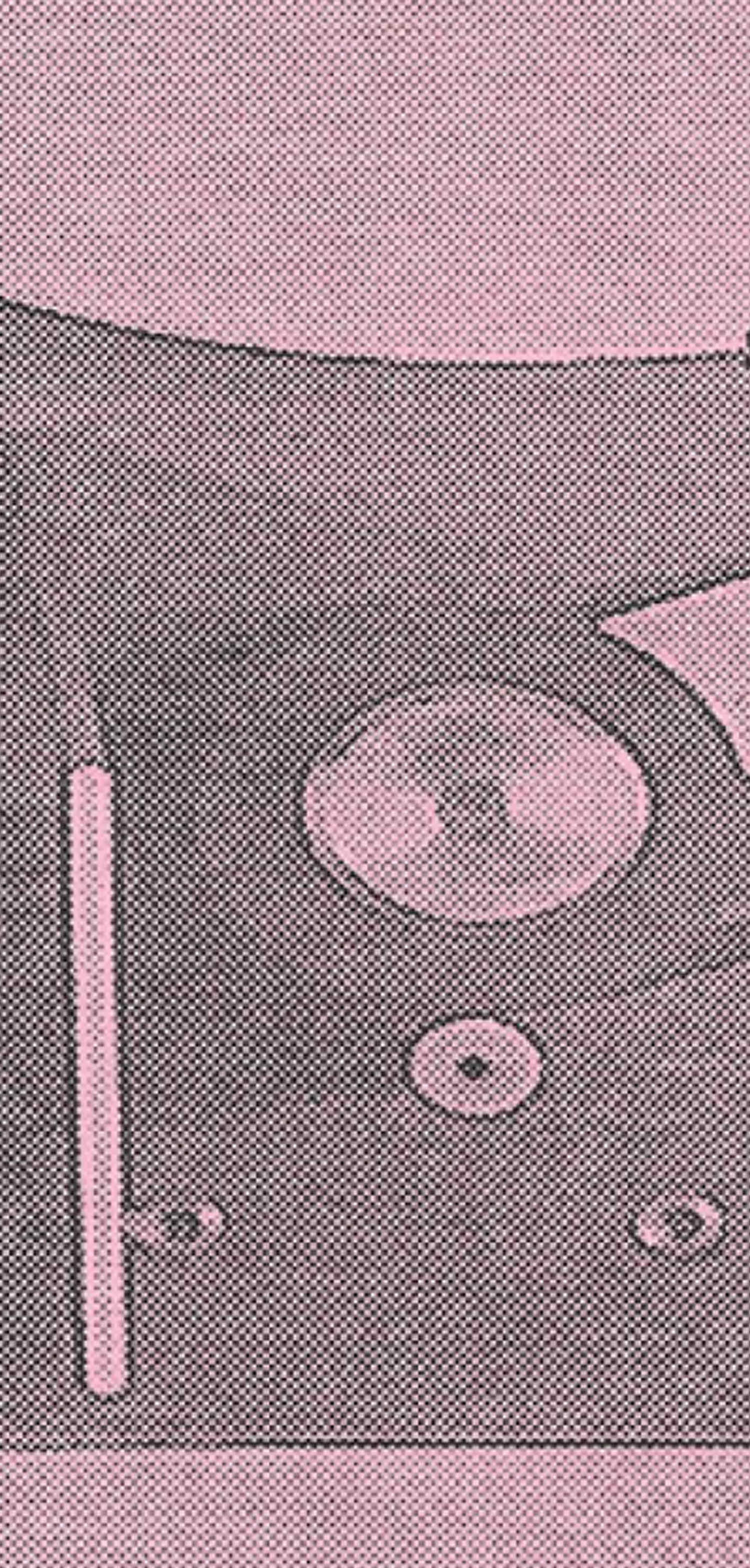

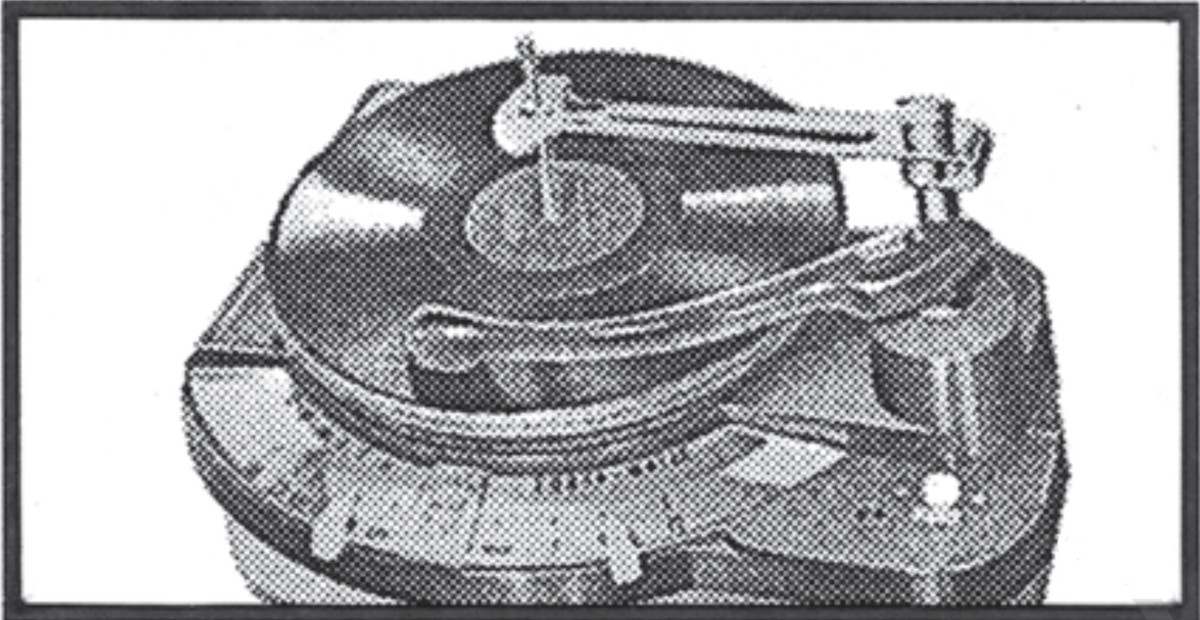
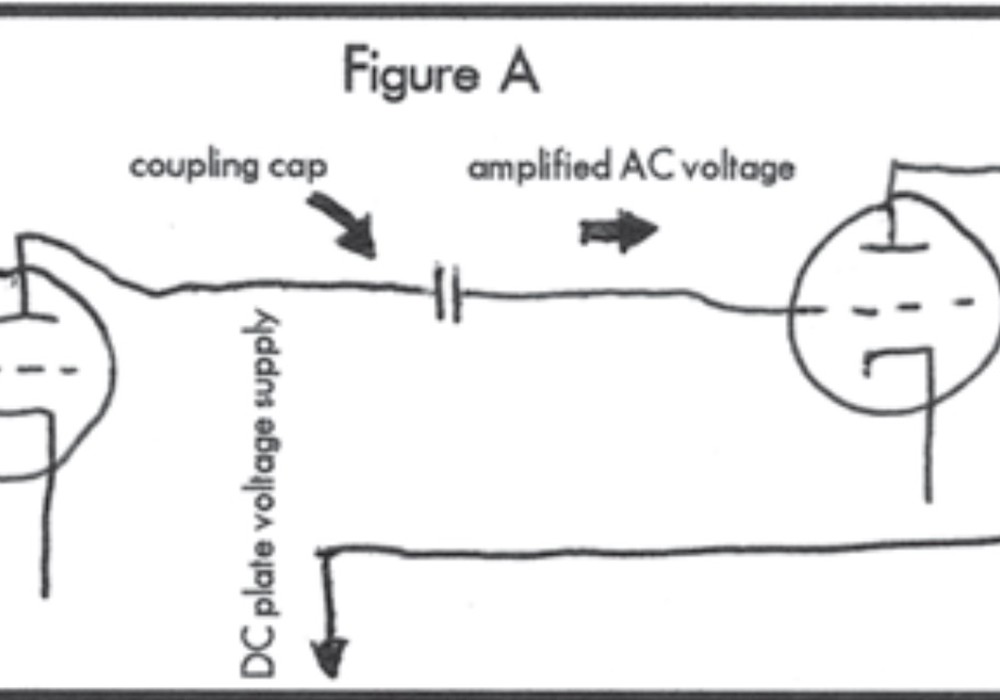
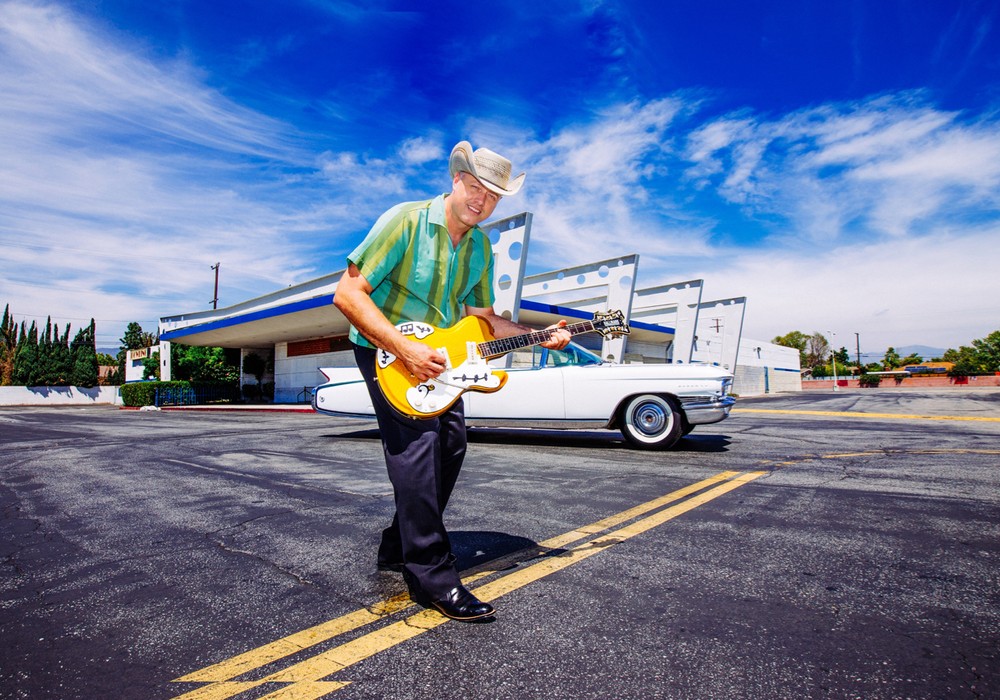
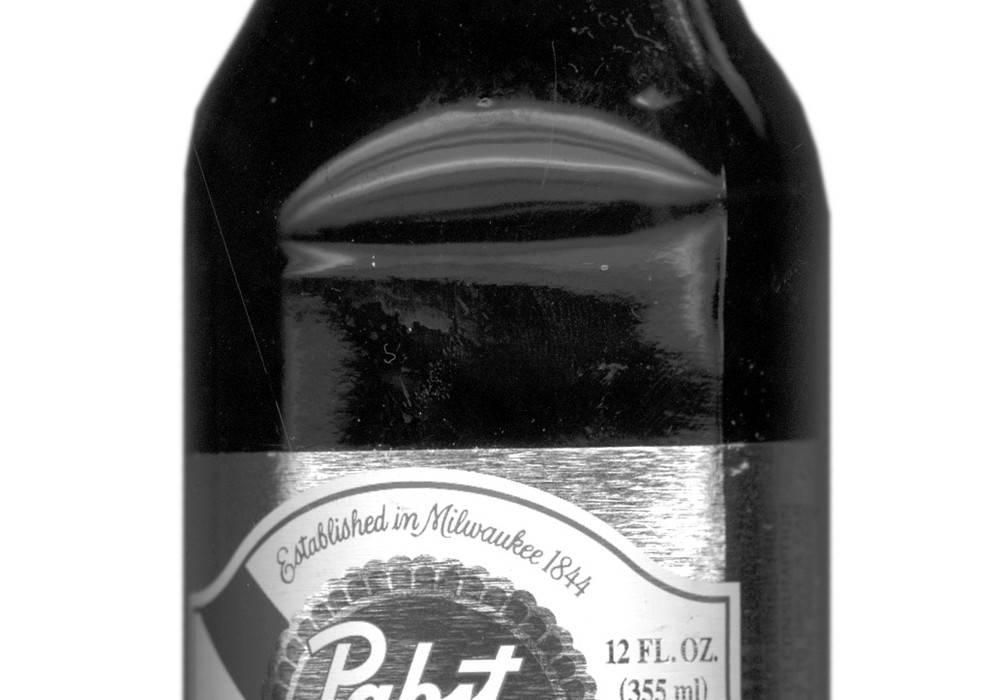
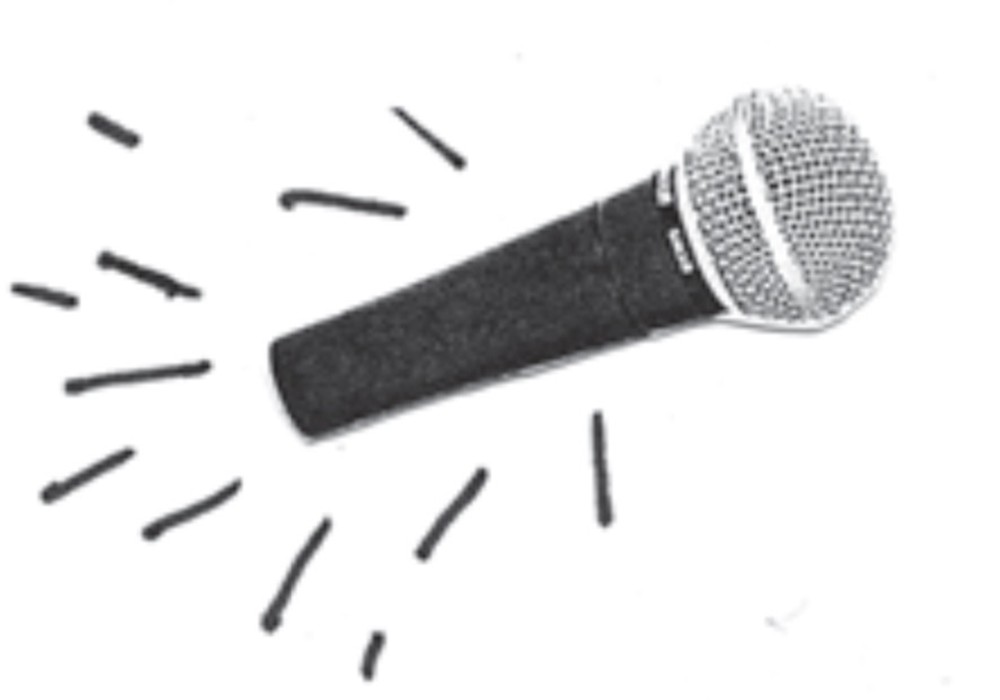
_display_horizontal.jpg)
